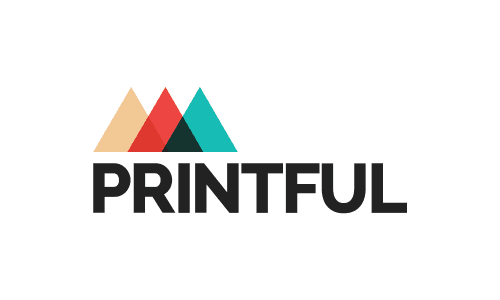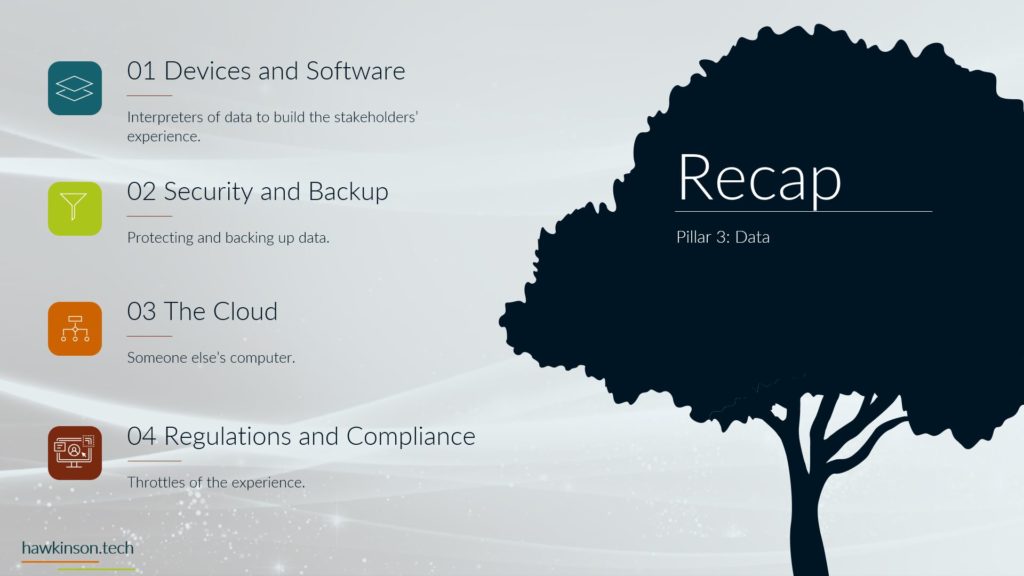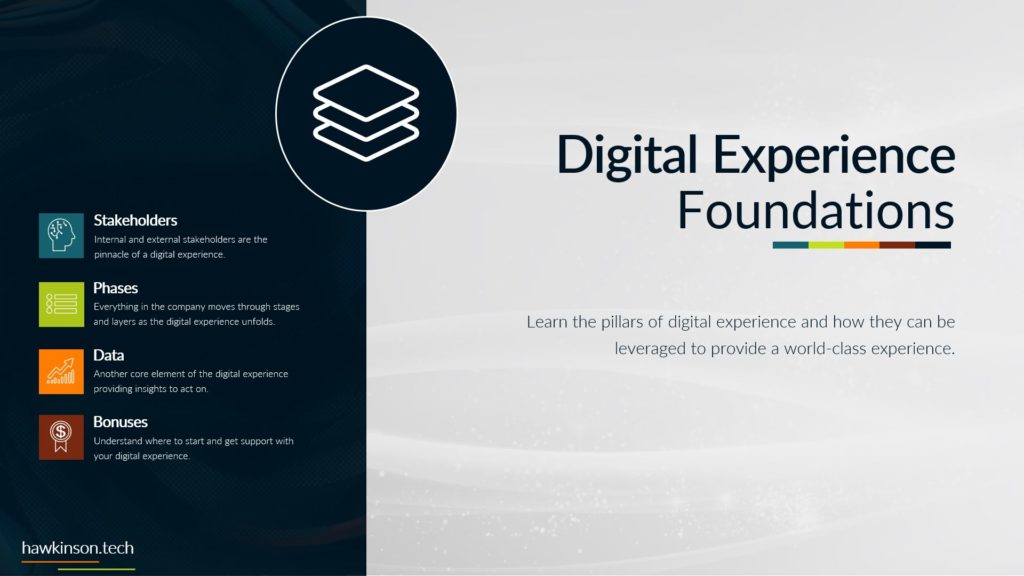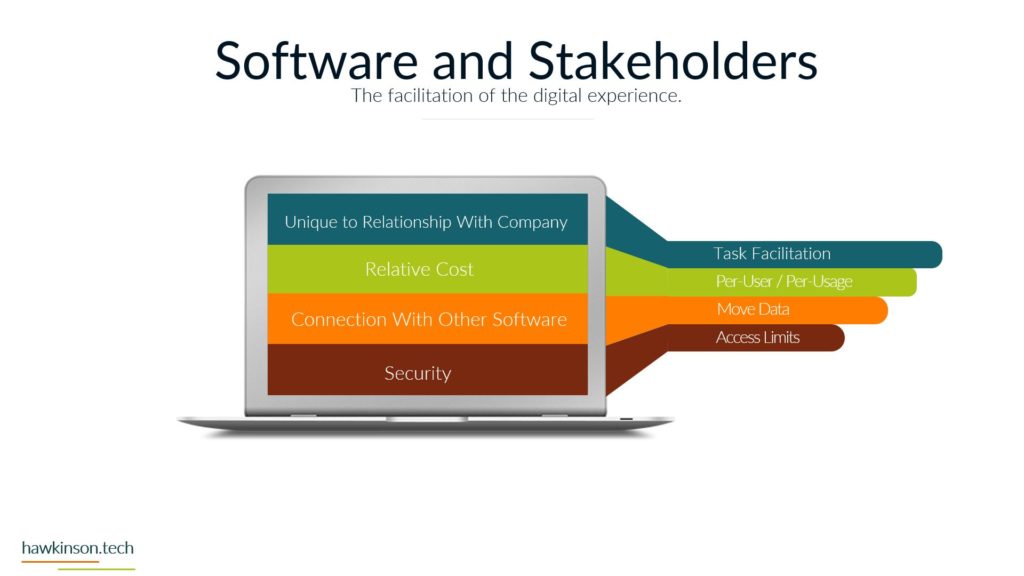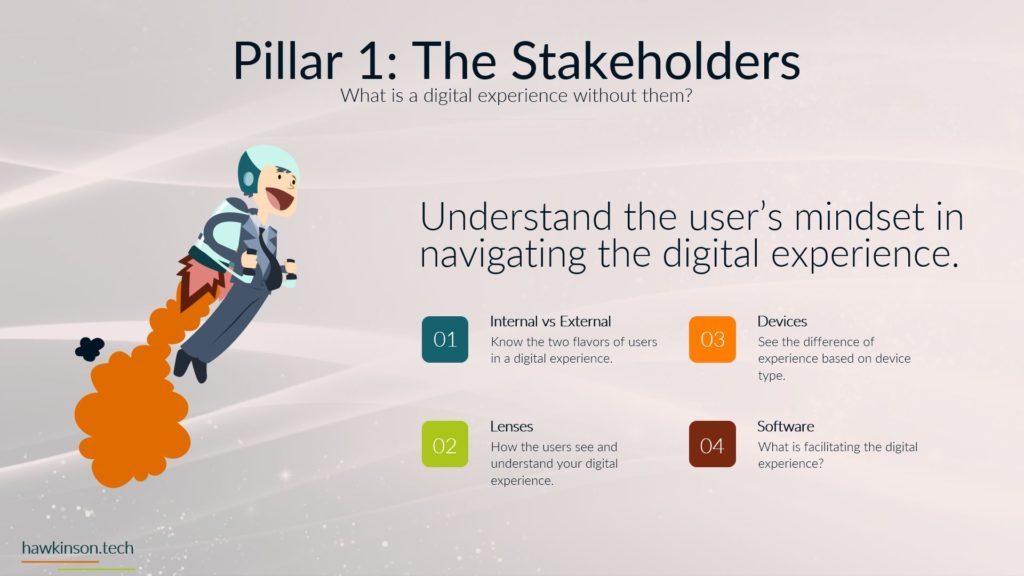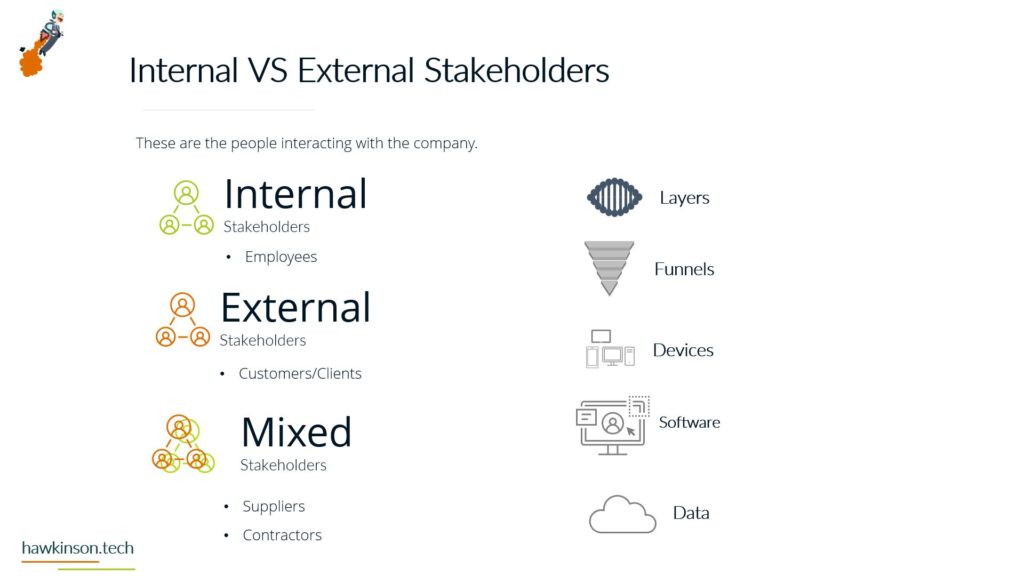Printful: Empowering Businesses with Print-on-Demand Solutions
Printful is a leading print-on-demand dropshipping and fulfillment company that empowers businesses to bring their creative ideas to life. With a comprehensive suite of services and a user-friendly platform, Printful enables entrepreneurs and creators to design and sell custom products online easily. Printful offers various customizable items to cater to diverse market needs, from apparel to accessories, home decor, and more.
Simplifying the Process of Creating Custom Products
Printful simplifies the process of turning creative designs into tangible products. The platform seamlessly integrates with popular eCommerce platforms such as Shopify, WooCommerce, Etsy, and more, making it convenient for businesses to sync their online stores with Printful’s fulfillment services. This integration eliminates the need for inventory management and shipping logistics, allowing entrepreneurs to focus on what they do best: creating and promoting their unique products.
One of the key advantages of Printful is its extensive catalog of high-quality blank products. Customers can choose from various items, including t-shirts, hoodies, hats, mugs, posters, and custom-branded packaging options. These items are a canvas for creative designs, enabling businesses to showcase their unique brand identity and engage their target audience.
Seamless Integration with Popular eCommerce Platforms
The Printful platform is designed with user-friendliness in mind, providing an intuitive interface and seamless navigation. The product creation process is straightforward, allowing users to upload their designs, preview them on various product mockups, and make necessary adjustments before finalizing their products. Printful also offers various design services, including embroidery, direct-to-garment printing, and sublimation printing, ensuring that every product meets the highest quality standards.
Extensive Catalog of High-Quality Blank Products
Once a customer orders through the connected eCommerce platform, Printful handles the fulfillment process. The company’s skilled production teams handle each order’s printing, packing, and shipping. With multiple fulfillment centers worldwide, including facilities in the United States, Europe, and Mexico, Printful ensures fast and reliable order fulfillment for customers worldwide.
Commitment to Quality and Sustainability
Printful’s commitment to quality extends beyond just the products themselves. The company places a strong emphasis on sustainability and ethical manufacturing practices. Printful works with trusted suppliers and follows strict guidelines to ensure that the products are made using environmentally friendly materials and safe production processes. This commitment to sustainability not only aligns with the values of many businesses but also resonates with conscious consumers who seek products that have a minimal impact on the planet.
Value-Added Features and Resources for Business Success
In addition to its print-on-demand services, Printful offers a range of value-added features and resources to support entrepreneurs along their business journey. The platform provides real-time order and shipping tracking, allowing businesses and their customers to stay informed about the status of their orders. Printful also offers white-label services, enabling businesses to create a seamless brand experience by adding custom labels, packing slips, and other branding elements to their products.
Educational Resources and Support for Ecommerce Entrepreneurs
Furthermore, Printful provides an extensive knowledge base and educational resources to help entrepreneurs thrive in eCommerce. From design tutorials to marketing tips, Printful equips its customers with valuable insights and expertise to succeed in selling their custom products.
In conclusion, Printful is a comprehensive print-on-demand dropshipping and fulfillment solution enabling businesses to create and sell custom products easily. With its user-friendly platform, extensive product catalog, seamless integration with popular eCommerce platforms, and commitment to sustainability, Printful has become a go-to choice for entrepreneurs and creators worldwide. By taking care of the production and fulfillment aspects, Printful allows businesses to focus on their creativity and marketing efforts, enabling them to bring their unique ideas to life and build successful online brands.
